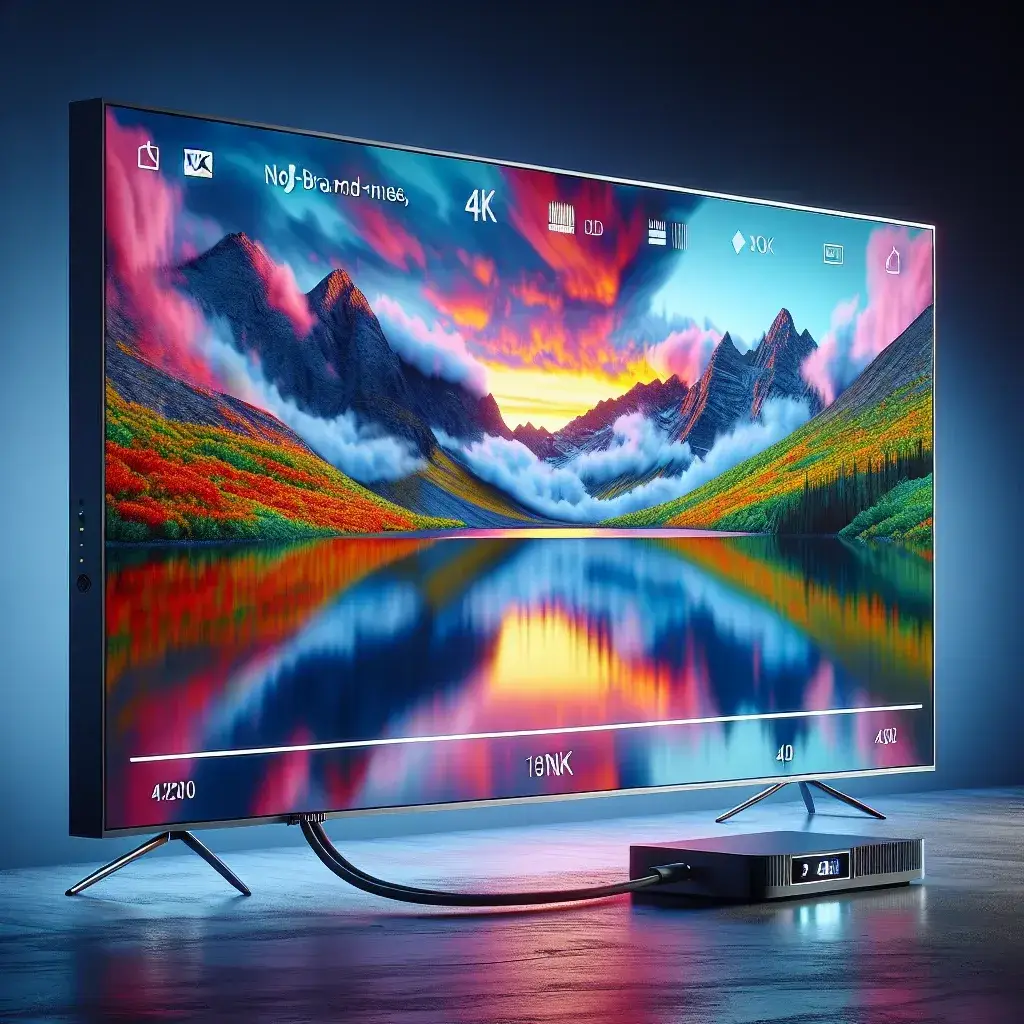Understanding Plasma Monitors
Plasma monitors, once celebrated for their vibrant colors and deep blacks, were a major player in the early 2000s. However, with the advent of advanced display technologies such as LCD and OLED, plasma displays have become less common. But the question remains: Can plasma monitors display 4K resolution?
First, let’s define what a plasma monitor is and how it works.
What is a Plasma Monitor?
A plasma display panel (PDP) is a type of flat panel display that utilizes small cells containing electrically charged ionized gases, or plasma, to produce images. These monitors were popular due to their superior color accuracy, contrast ratios, and ability to handle fast-moving images without motion blur.
Key Features of Plasma Monitors
- Rich Color Reproduction: Plasma displays are known for their excellent color accuracy and vibrancy.
- High Contrast Ratios: They can produce deep blacks, making the contrast ratio high.
- Wide Viewing Angles: Plasma screens maintain color consistency and picture quality from various angles.
- Fast Response Time: These monitors handle fast-moving images with minimal motion blur.
Plasma Monitors and Resolution
Resolution is a critical aspect of any display technology. It refers to the number of pixels arranged horizontally and vertically to form the image on the screen. The higher the resolution, the clearer and more detailed the image.
| Resolution | Pixel Count | Common Use |
|---|---|---|
| 720p (HD) | 1280 x 720 | Basic TVs and monitors |
| 1080p (Full HD) | 1920 x 1080 | Standard TVs and monitors |
| 1440p (Quad HD) | 2560 x 1440 | High-end monitors |
| 4K (Ultra HD) | 3840 x 2160 | Modern TVs and monitors |
The Emergence of 4K Resolution
4K resolution, or Ultra HD, refers to a display resolution of approximately 3840 x 2160 pixels, providing four times the pixel density of 1080p Full HD. This high resolution offers unprecedented detail and clarity, making it ideal for large screens and enhancing the viewing experience.
Plasma Monitors and 4K Resolution: A Compatibility Check
Despite the advantages of plasma technology, the manufacturing limitations and the nature of plasma panels have restricted their resolution capabilities. Most plasma monitors were available in 720p or 1080p resolutions. Few plasma displays could achieve higher resolutions, primarily due to the physical constraints and the high cost of manufacturing larger panels with more pixels.
Manufacturing Challenges
- Pixel Density: Achieving high pixel densities in plasma displays is technically challenging and costly.
- Heat Generation: Higher resolutions require more pixels, which generate additional heat, complicating the cooling mechanism.
- Cost: The production cost of high-resolution plasma panels is significantly higher compared to LCD or OLED panels.
Technology Evolution
As technology advanced, manufacturers shifted their focus to LCD and OLED displays, which offer easier scalability to higher resolutions like 4K and beyond. These technologies also provide additional benefits, such as thinner designs, energy efficiency, and less heat generation.
Comparing Plasma to Modern Displays
Let’s compare plasma displays to modern LCD and OLED screens in terms of their ability to handle 4K resolution.
Plasma vs. LCD
LCDs, or Liquid Crystal Displays, use liquid crystals and a backlight to produce images. Modern LCD monitors and TVs can easily achieve 4K resolution.
- Advantages of LCD: Thin profile, energy-efficient, readily available in 4K.
- Disadvantages of LCD: Lesser color accuracy, narrower viewing angles compared to plasma.
Plasma vs. OLED
OLED, or Organic Light-Emitting Diode, represents the next step in display technology, surpassing both plasma and LCD in many aspects.
- Advantages of OLED: Excellent color reproduction, infinite contrast ratio, very thin, energy-efficient, 4K and even higher resolutions.
- Disadvantages of OLED: Higher cost, potential for burn-in similar to plasma.
Conclusion: Can Plasma Monitors Display 4K?
In summary, traditional plasma monitors cannot display 4K resolution. While plasma technology offers excellent color accuracy, contrast ratios, and response times, it is not well-suited for 4K resolution due to manufacturing challenges and cost constraints. Modern display technologies like LCD and OLED have taken the lead in supporting 4K and higher resolutions, providing consumers with enhanced visual experiences.
As technology continues to evolve, it is paramount to stay updated on the latest advancements to make informed decisions about display options. Plasma monitors still hold a place in history for their contributions to display technology, but for those seeking 4K resolution and beyond, LCD and OLED are the way forward.

